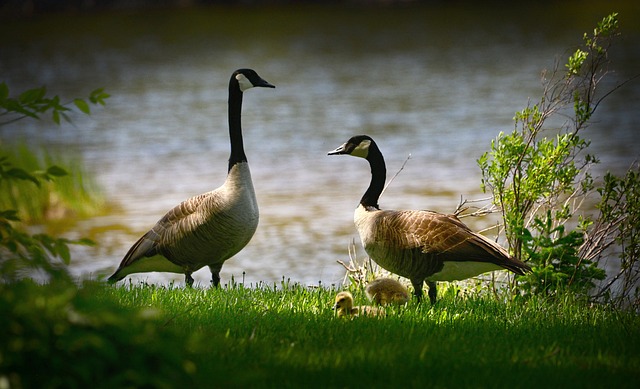The health of our planet’s biodiversity is under threat due to the pervasive impact of climate change on Biodiversity. As ecosystems face unprecedented changes, the delicate balance of life on Earth is disrupted, leading to a cascade of effects that threaten the survival of countless species. This article examines the challenges posed by climate change to global biodiversity. It explores the solutions that can help mitigate these effects.
Table of Contents
Habitat Loss and Fragmentation
Climate change is altering temperature and precipitation patterns, leading to habitat loss and fragmentation. These changes can be particularly devastating in sensitive ecosystems, such as coral reefs affected by ocean acidification and coastal areas where rising sea levels contribute to erosion. As habitats shrink or become fragmented, species struggle to survive, migrate, or adapt to new conditions.
The Ripple Effect of Climate Change
The impact of climate change on biodiversity are far-reaching. Rising temperatures affect not only terrestrial but also marine biodiversity, with ocean acidification posing a significant threat to aquatic organisms. Extreme weather events, such as fires, storms, and droughts, are becoming more frequent and intense, further stressing wildlife populations. These events can lead to long-term ecosystem alterations, changing what can grow and live within them.
The Role of Global Cooperation and Policy
Addressing the impact of climate change on biodiversity requires global cooperation and robust policy initiatives. Conservation and restoration of habitats are critical, as is the implementation of adaptation strategies for species facing new environmental pressures. Sustainable practices in land use and resource management, alongside investment in renewable energy, are essential to reduce greenhouse gas emissions and protect biodiversity.
Leveraging Technology and Innovation
Technological advancements, such as remote sensing, satellite technology, artificial intelligence, and machine learning, offer new ways to monitor ecosystems and predict areas of high biodiversity that may be under threat. These tools can help identify potential threats and inform conservation efforts.
The Business Perspective
Business leaders are increasingly recognizing the twin challenges of climate change and biodiversity loss. Companies are now integrating biodiversity conservation strategies and climate change mitigation into their operations. By adopting sustainable practices and investing in ecosystem services, businesses can contribute to biodiversity risk management and enhance their climate resilience.
Public Awareness and Education
Raising public awareness about the importance of biodiversity conservation is vital. Education can play a significant role in fostering an understanding of the interconnectedness of climate change and biodiversity, encouraging individuals and communities to take action.


